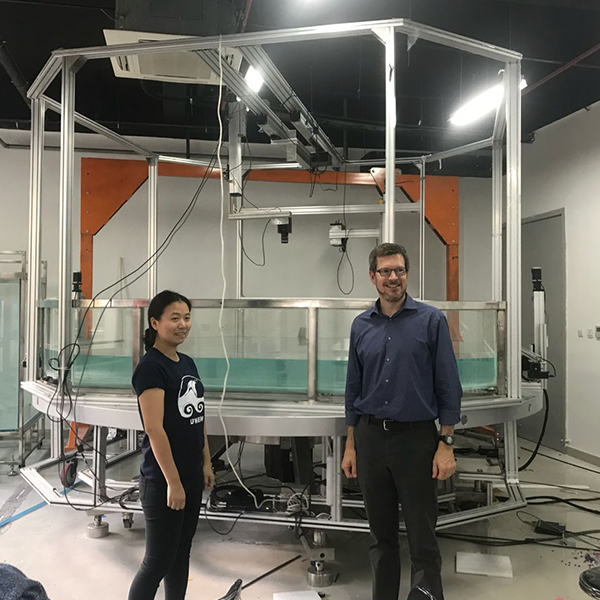What is a gantry system in 3D printing?
A gantry system in 3D printing is a motion system that uses rails and stepper motors to move a print head or extruder along the X, Y, and Z axes to fabricate 3D printed parts. This allows for precise control over the position and movement of the hot end and print bed.
How does a gantry system differ from a robotic arm in 3D printers?
A gantry system uses a fixed frame and moves the extruder along linear paths, whereas a robotic arm has multiple degrees of freedom and can move in various planes. Gantry systems for 3D printing are typically more rigid and precise, suitable for standard extrusion methods, whereas robotic arms are often used for more complex, multi-axis fabrication tasks.
What are the key components of a gantry system?
Key components of a gantry system include stepper motors, linear rails, pulleys, and belts. It also comprises the hot end, print bed, and the extruder assembly that moves along the X, Y, and Z axes to create the model from the STL files.
Can gantry systems achieve the same level of precision as CNC machines?
While both gantry systems and CNC machines use stepper motors and linear motion to achieve precision, CNC machines typically have a robustness and build quality designed for cutting and milling, allowing for extremely precise outcomes. Gantry printers are more focused on additive manufacturing and might not always match the precision of high-end CNC machines.
What kinds of materials can be used with gantry-based 3D printers?
Gantry-based 3D printers can use a variety of materials, including PLA, ABS, PETG, and more specialized filaments. The choice of material depends on the specific application and the specification of the print bed and hot end to handle different extrusion temperatures and speeds.
How does a gantry system maintain precision during the printing process?
Precision in a gantry system is maintained through the use of stepper motors, which provide exact positioning, and rigid linear rails that prevent flexing. The combined motion system ensures that the extruder head moves along the X, Y, and Z axes accurately, producing precise 3D printed parts.
Are gantry systems suitable for large-scale additive manufacturing?
Yes, gantry systems are quite adaptable and are used in large-scale additive manufacturing. Their modular design and scalability make it easy to construct bigger machines, suitable for large parts or numerous smaller parts in the same build volume.
What is the role of the z-axis in a gantry system?
The z-axis in a gantry system allows for vertical motion, raising and lowering the print bed or the extruder. This is crucial for building up layers in additive manufacturing, enabling the system to fabricate taller objects by depositing material layer by layer.
What advantages do gantry systems for 3D printing offer over other systems?
Gantry systems for 3D printing offer several advantages including ease of assembly, scalability, and excellent precision. The simple yet effective design supports a wide range of 3D printing methods and materials, making it suitable for hobbyists and professionals alike.
Post time: Mar-31-2025








